The album cover demands the services of talented painters, designers, photographers, illustrators, graphic artists, sculptors and typographers.
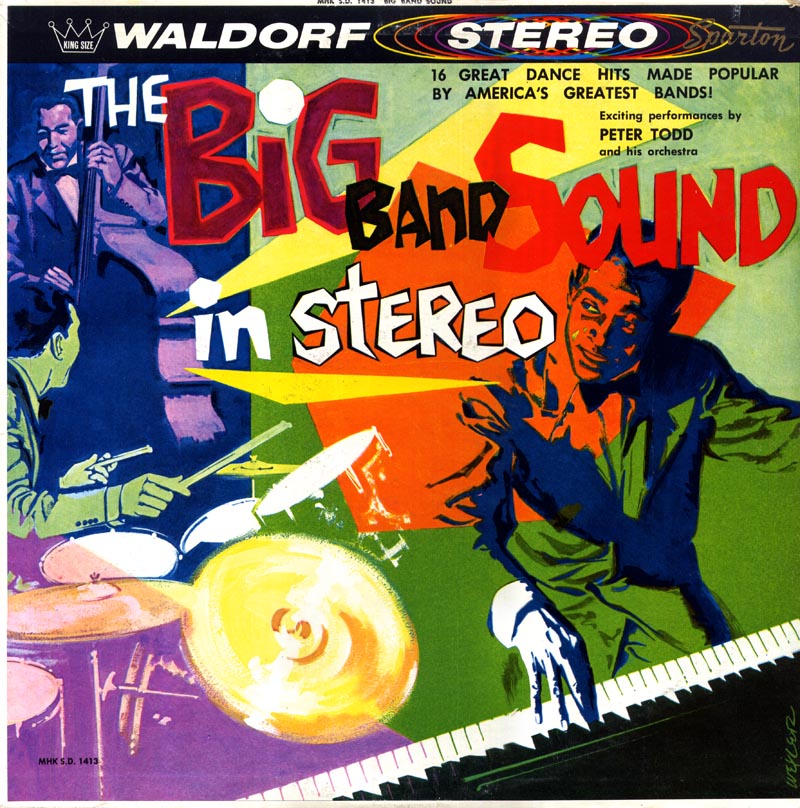
They work in such varied media as oil, casein, gouache, tempera, drawing, collage, mosaic, cartoon, lithograph, sculpture, woodcut, engraving, and more than any other medium at the present time - the color photograph.
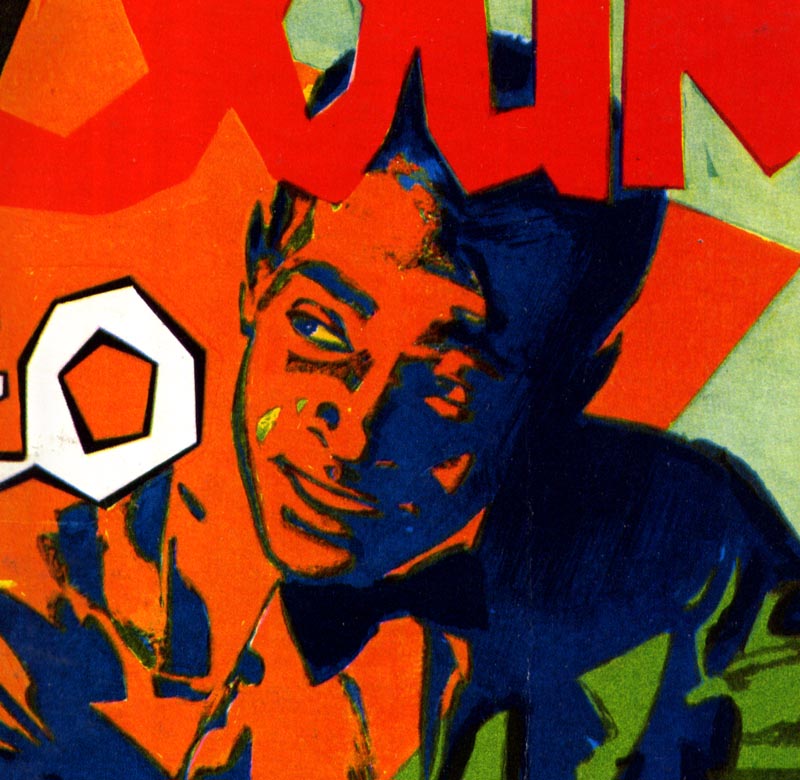
All of these art forms are employed to sell recorded music, the most enriching and satisfying of all home entertainment.
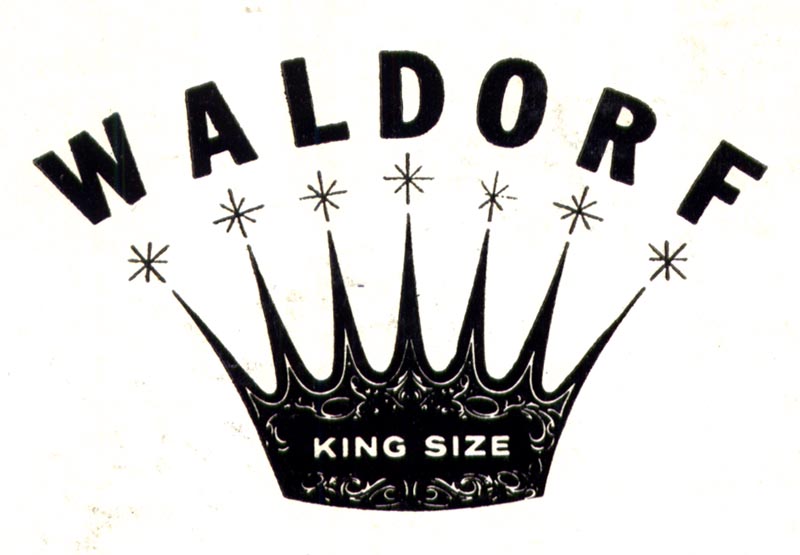
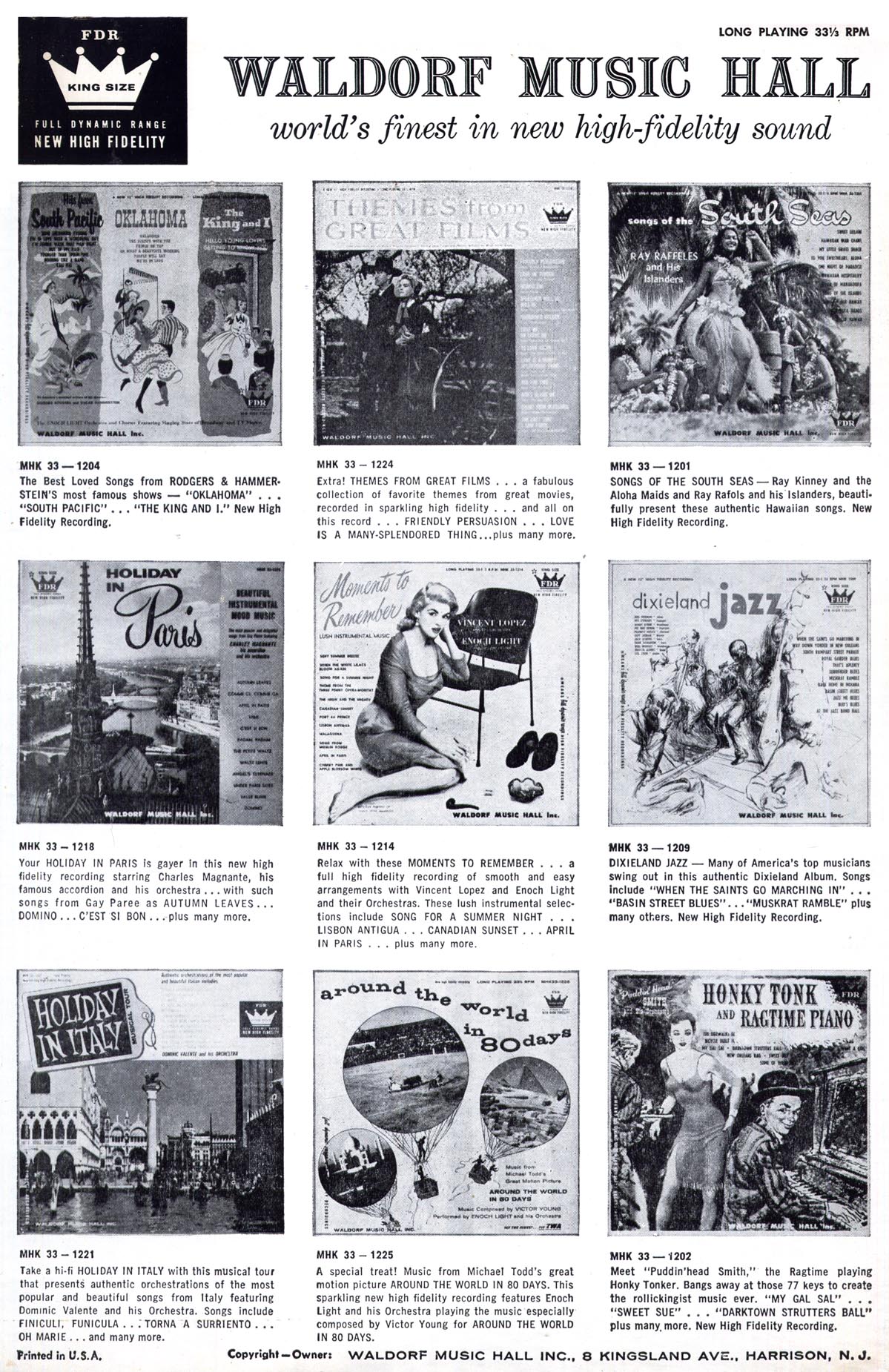
Visual art, like music, is a highly personal, creative process of the mind and spirit. Art used for album covers must assume the secondary, hard-working role of handmaiden to music. Whether treated editorially or as a poster...
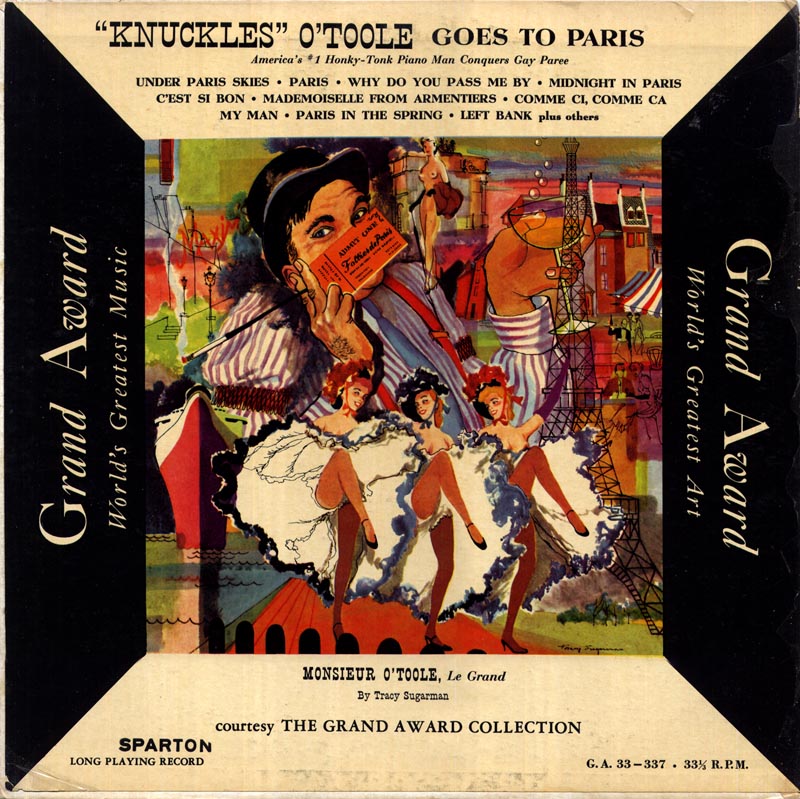
... it must command attention.
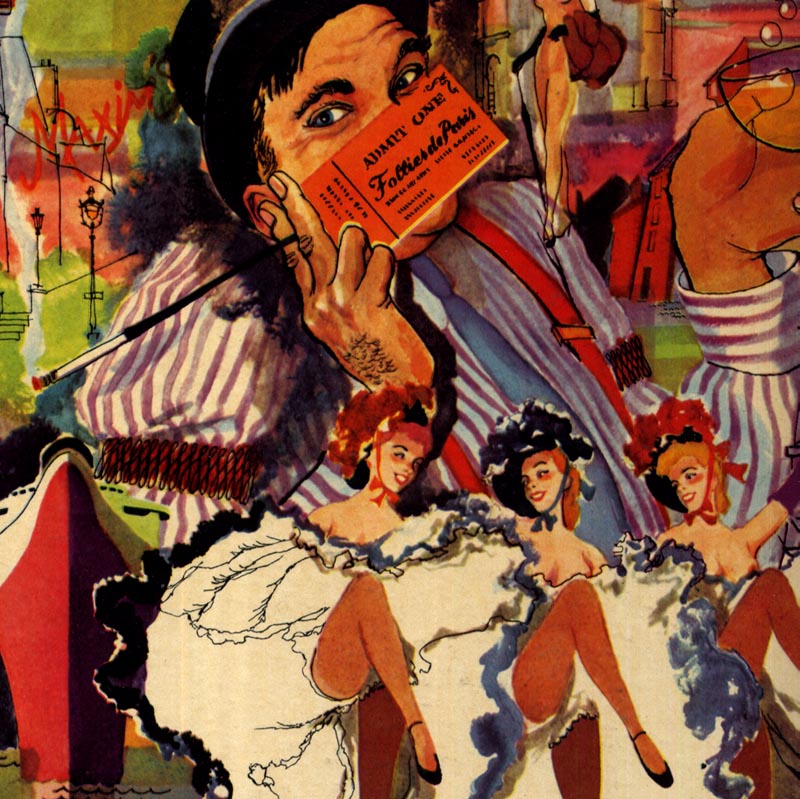
To be successful the album cover must simultaneously accomplish three different objectives: it must interest, inform, and influence.
The first two "I's" are entirely dependent on the art concept and typography. While the art is an important factor when determining the third "I", the buyer's major interest is the recording artist and the repertoire reproduced. Most phonograph record purchases are calculated rather than purchased by impulse. The buyer of classical recordings generally has a higher level of taste and culture than the "pop" record enthusiast.
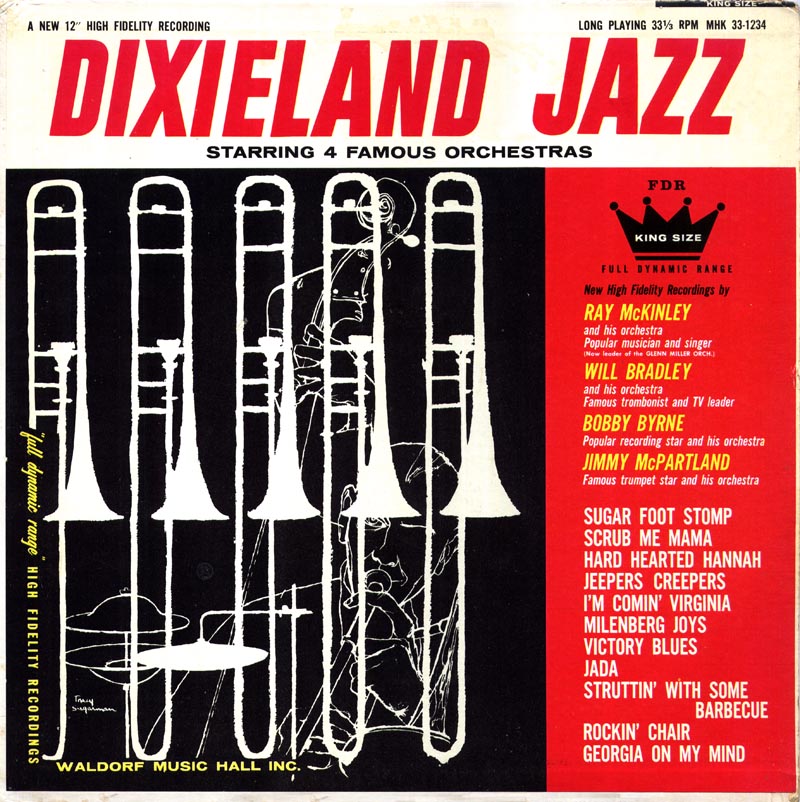
It follows naturally that the serious creative artist or photographer is allowed considerable more latitude when the product is directed to a discerning, sophisticated audience.

* Here's something rather exceptional: the Knuckles O'Toole album above is not only signed by illustrator Tracy Sugarman, but he receives a prominent credit line below his illustration. Even more exceptional, Sugarman gets a lavish write up on the back of the album as well -- something I've never come across before.

Jones may have rightly felt the artist and his work played a secondary role to the musician and repertoire, but in this case the artist was showcased in a manner most others could only dream about!
* My Illustrated Album Covers Flickr set.
One of the few negatives about CD's is that their compactness makes for very small format album art.
ReplyDeleteI have around 1100 vinyl records and their covers covers are often magnificent.
Yes, it used to be a delightful experience to rummage through the music store. The advent of shrunk CD's has reduced this pleasure.
ReplyDeleteI don't know when the first fold-out long-play vinyl-record covers appeared...there was no limit for cover art at those times.
Great examples shown here once more!
Another great post Leif. Thanks.
ReplyDeleteI'm glad you've decided to do a series on album art. I think some of the older stuff is just brilliant. You rarely see anything like that now.
ReplyDeleteIt's definetly been a disappearing art form from the age of vinyl to what is mostly now downloaded music. One of the main reason I still have my vinyl collection is for the artwork. Here's hoping the iPad and its ilk will return visuals to music collectors.
ReplyDeleteColors in the top two are blowing my mindddd
ReplyDeletehi , i found your blog i really loved it =) i have a term paper about
ReplyDelete'ALBUM COVERS FROM PAST TO PRESENT, THE EFFECT OF ‘NEW MEDIA’ ON VISUALIZATION OF MUSIC'
and i found your blogs and comments about works of album art =) i want to ask you some question
when i see this sentence that is starting with the '' to be sucessful album cover must simultaneously....'' is this your comments ? or robert M.jones comments ? could i learn it please ? because i want to use some quotations from your reading and i think its really beneficial for me .. please help me thanks =)